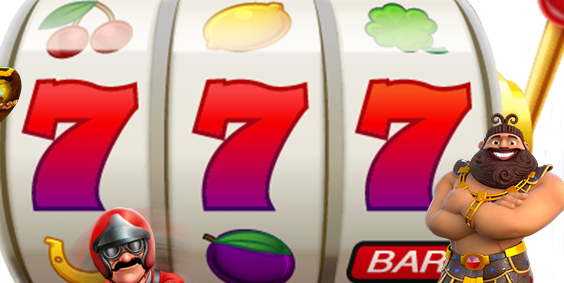What Is a Slot?
A slot is a narrow notch, groove or opening, such as a keyway in a piece of machinery or the slit for coins in a vending machine. It can also refer to a position in a group, series or sequence. For example, a player’s slot in the ice hockey team may be considered a prime spot from which to attack the opposition goalie.
There are many different types of slot machines. Some are based on classic mechanical devices while others are electronic and feature multiple reels. They can vary in complexity and payout amounts, depending on the game’s rules and layout. Slots can be found at casinos, racetracks and even online. Some offer progressive jackpots and bonus features.
When playing a slot, it is important to understand the basics of the game. The pay table is an essential tool for determining how much you can win. This table lists the symbols and their payouts in a slot and also shows the possible number of paylines in a game. It can be accessed by clicking an icon on the bottom of the game screen. The pay table will also show you any caps that a casino might place on a jackpot amount.
While there are many different ways to play a slot, the basic rules remain the same. The game is played by spinning a wheel with reels and paying out if matching symbols land on a payline. The amount of money that can be won depends on the number of winning combinations and the size of the wager. Players can also adjust the preferred number of paylines before spinning the reels.
Some people believe that a slot machine’s time is “due.” It is based on the idea that if a machine has gone long without winning, it is about to hit. However, it isn’t true that a machine is due to hit at any particular point in time. This is because the percentage of money returned to players tends to match the number of spins, rather than clock-based time.
The pay table of a slot game provides information about the symbols, paylines and bonus features in the game. It can help you make informed decisions about your bankroll and decide how much to bet per spin. It is easy to read and can help you maximize your chances of winning. The pay table will also indicate if a specific slot has wild symbols, which can substitute for other symbols in a winning combination. It is also important to look at the game’s rules before you begin playing. These rules will vary between slots, but can include information on how to trigger and activate bonus features, as well as the maximum and minimum bets. The paytable will also provide instructions on how to use the Autoplay function. This is a great way to test a slot’s payout capabilities without risking any real money. This is especially helpful if you are new to online gambling.
